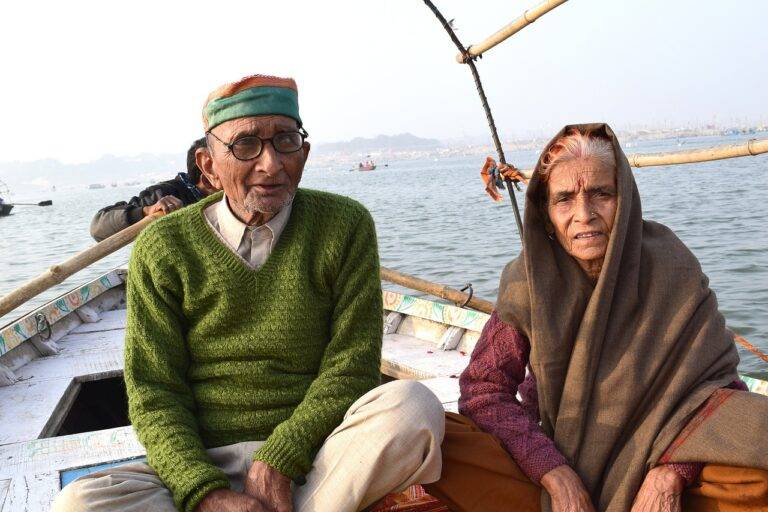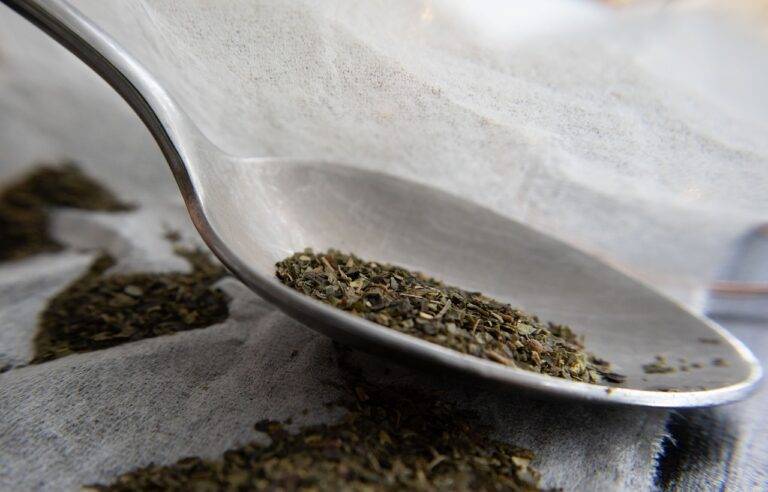Exploring Cultural Diversity Through Cuisine: Food as a Gateway to Understanding
One of the most significant aspects of culture is the way in which people nourish themselves. Food is not merely sustenance; it is a reflection of a society’s values, beliefs, and traditions. The choices people make about what to eat, how to prepare it, and when to consume it are deeply rooted in cultural heritage and history.
Through food, individuals can connect with their roots, pass down family recipes, and participate in rituals that have been carried out for generations. The act of sharing a meal is a universal form of communication, allowing people to bond over a common experience regardless of language or background. Food has the power to bring people together, fostering a sense of community and belonging that is intrinsic to cultural identity.
The Influence of Geography and Climate on Cuisine
Geography and climate play a crucial role in shaping a region’s culinary traditions. The type of terrain, availability of resources, and weather conditions all contribute to the ingredients and cooking methods used in local dishes. For example, coastal regions typically have a strong emphasis on seafood due to their proximity to the sea, while mountainous areas may rely more on hearty stews and preserved foods to sustain them through harsh winters.
Furthermore, the climate of a region directly impacts the agricultural practices and crop production, which in turn influences the types of ingredients used in traditional dishes. For instance, regions with long growing seasons may incorporate a wide variety of fruits and vegetables into their cuisine, while arid climates might focus more on drought-resistant crops like grains and legumes. By understanding how geography and climate shape the culinary landscape of a place, we gain insight into the cultural significance of food and the interconnectedness of people and their environment.
How does geography influence cuisine?
Geography plays a significant role in determining the availability of certain ingredients in a region, which in turn shapes the local cuisine. For example, coastal regions often have abundant seafood in their diet, while mountainous regions may rely more on hearty stews and root vegetables.
How does climate affect cuisine?
Climate can impact the types of crops that can be grown in a region, as well as the availability of fresh produce. Hot climates may lead to a preference for spicy foods, while colder climates may result in a greater emphasis on warming dishes.
Why is food an important aspect of culture?
Food is not only a basic human need, but it also serves as a way to connect people to their cultural heritage and traditions. Different cuisines can tell a story about a region’s history, values, and way of life.
How do cultural influences shape cuisine?
Cultural influences such as immigration, trade, and colonization can introduce new ingredients and cooking techniques to a region, resulting in a fusion of flavors. Additionally, cultural beliefs and customs can dictate food taboos and preferences.
Can cuisine evolve over time?
Yes, cuisine is constantly evolving as a result of changing tastes, influences from other cultures, and advancements in technology. Traditional dishes may be modified to suit modern palates, or new dishes may be created from a fusion of different culinary traditions.





